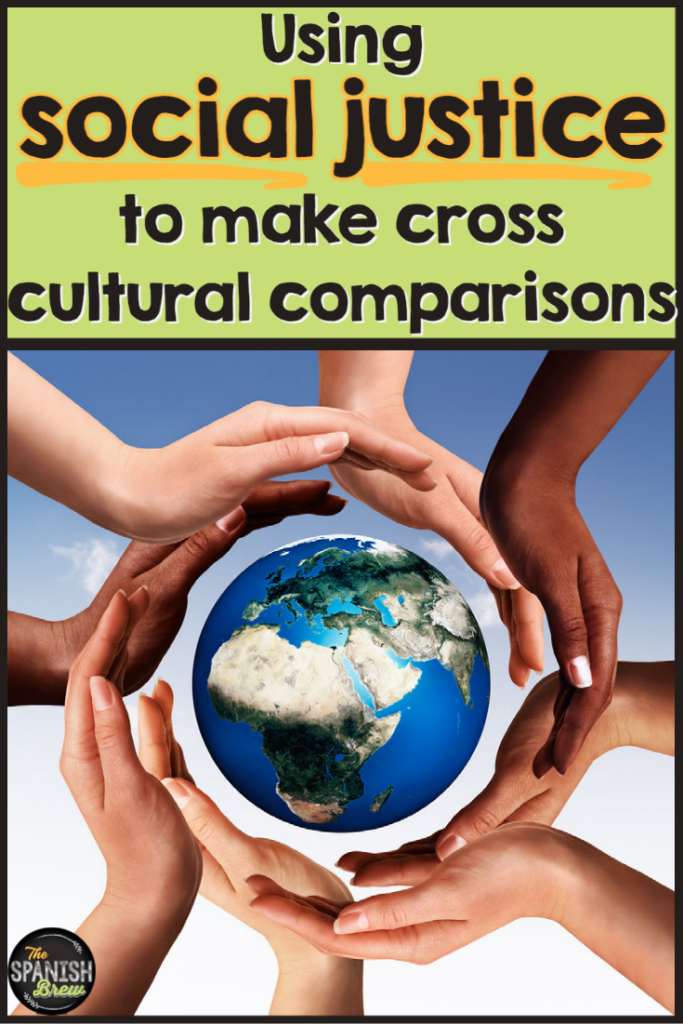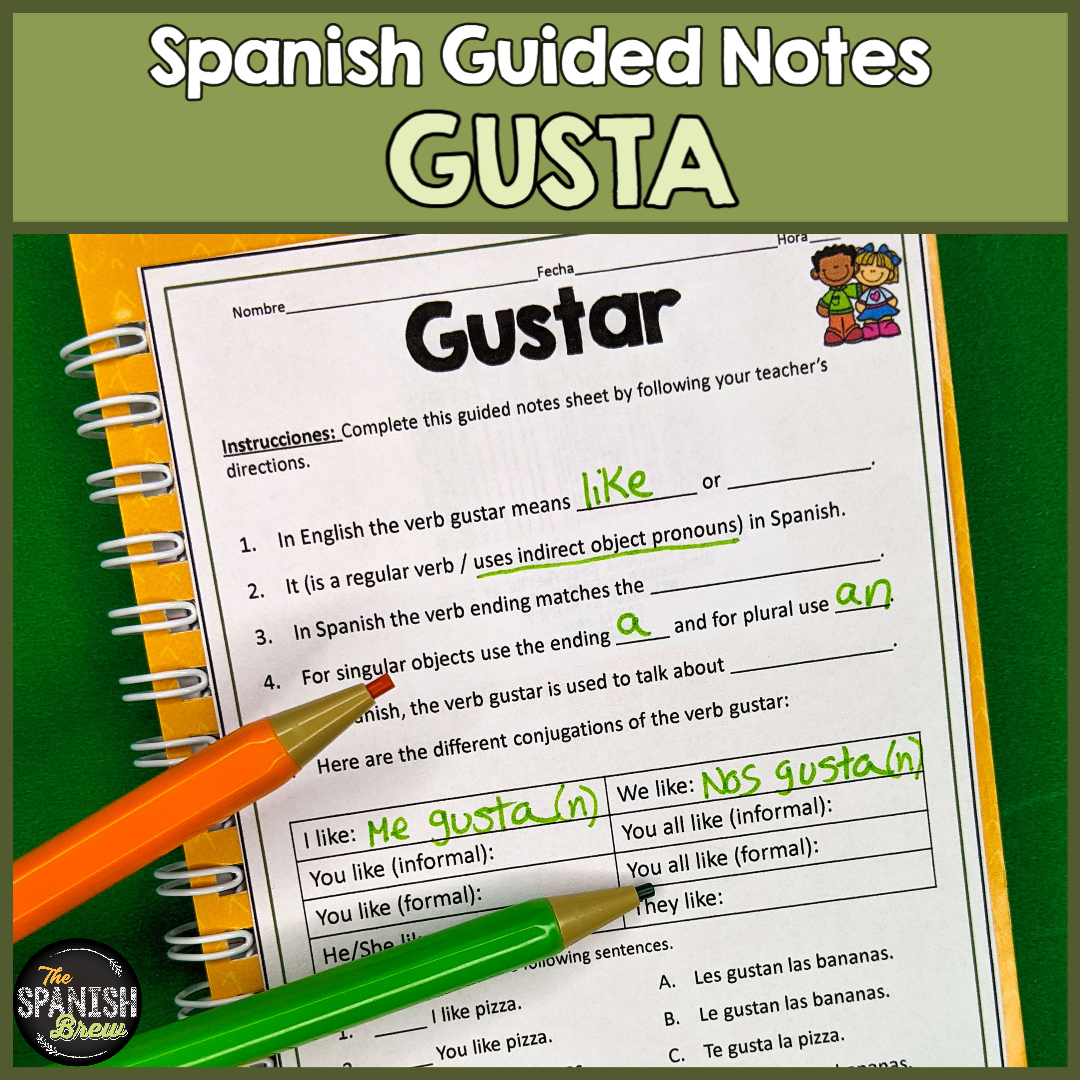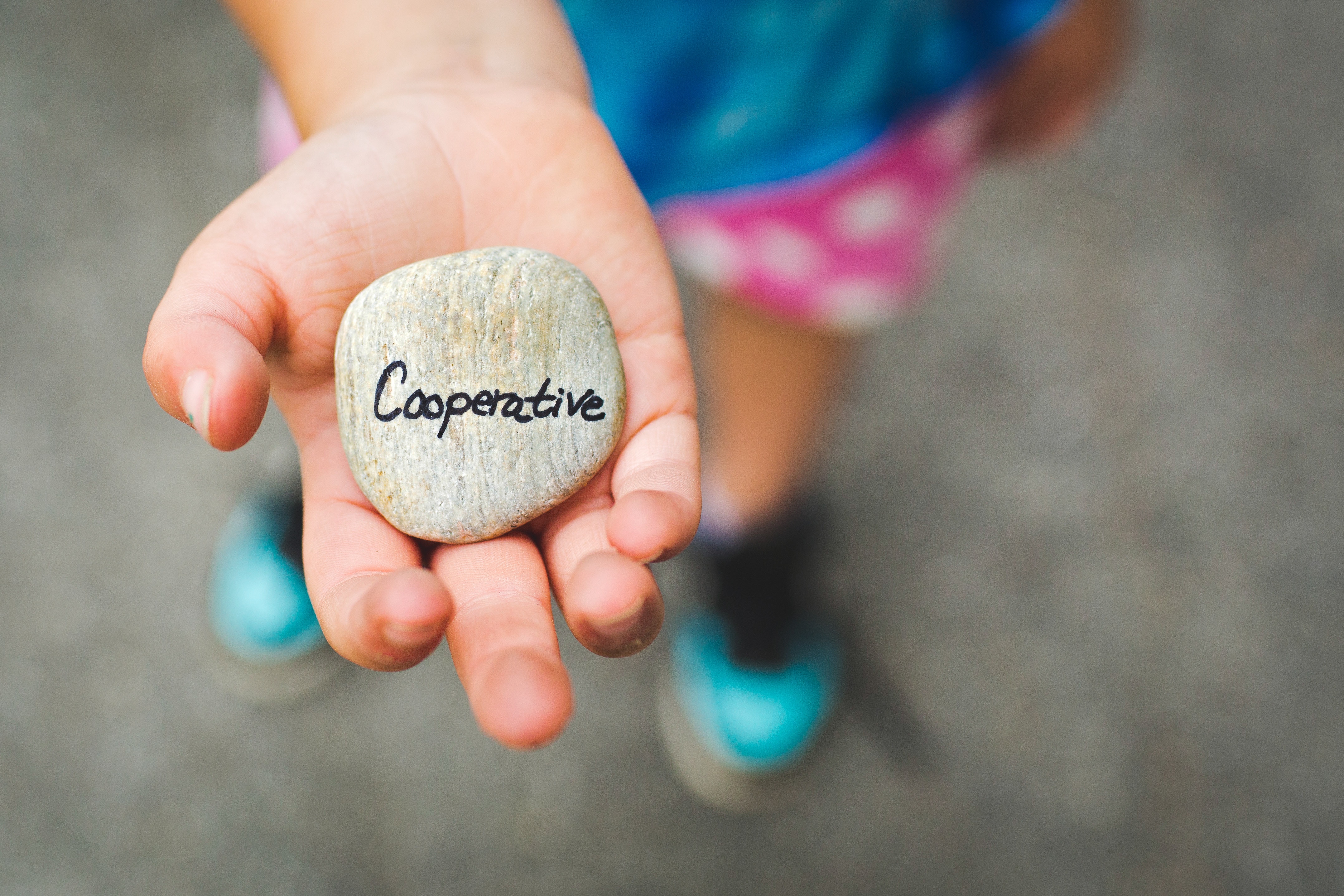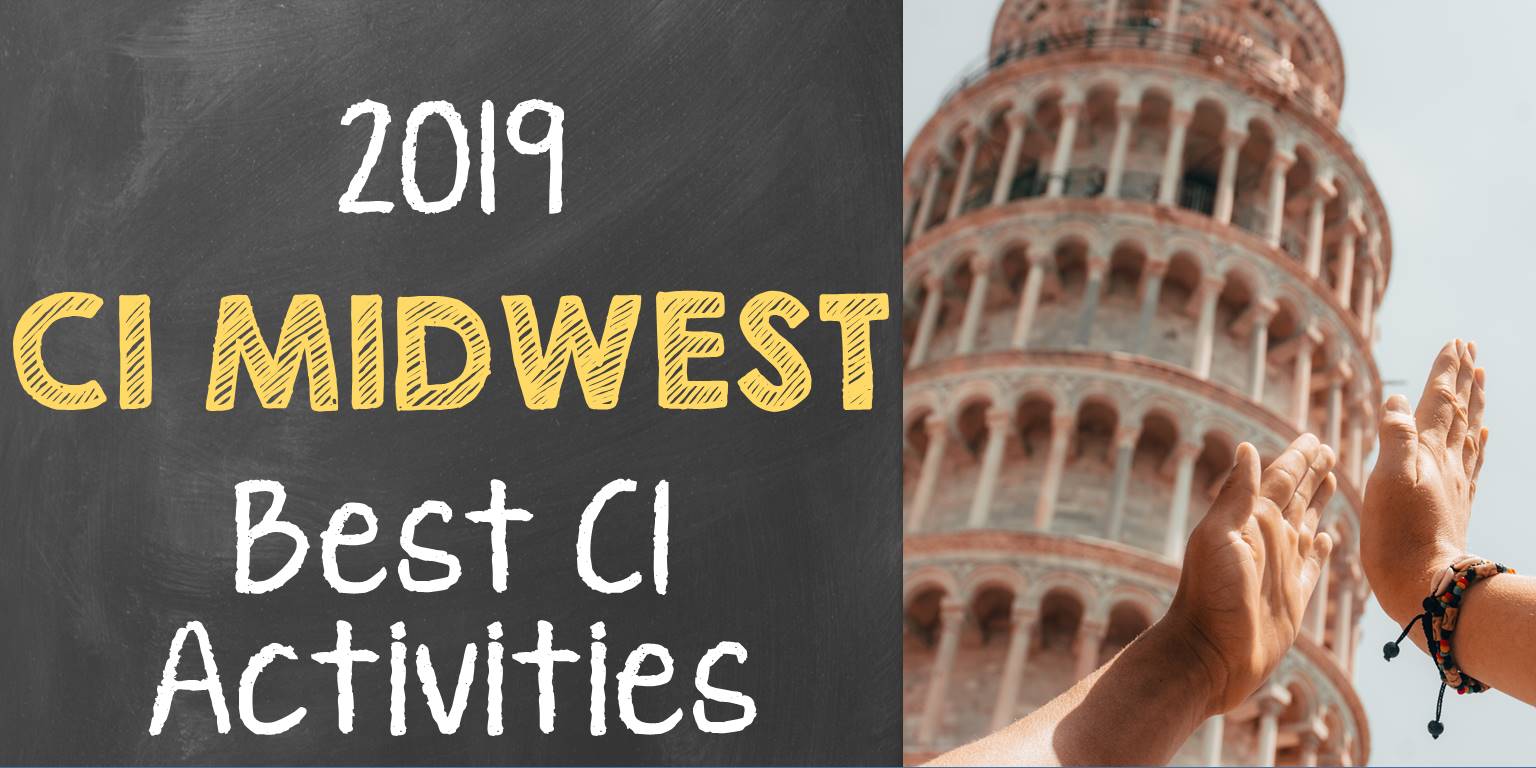Is one of your ultimate goals to transform your students into global citizens? Secretly hoping that they will care about their communities and strive to make the world a better place? Infusing my lessons with topics of social justice completely revitalized and energized my classes. Students instantly know when you’re teaching them about something real and important. The added benefit of using themes like access to food and water in my class was it allowed us to study these topics through the lens of our own society as well as Spanish speaking ones. Students learned that these topics extend beyond borders. Read on to hear how this approach helped my students to become global citizens.
Step 1: Chose a universal topic
I started with access to food and water because they are topics that any novice learner can relate to. Make sure that whatever you choose is age appropriate.
Step 2: Frontload vocabulary
It will be important to give your students lots of input with key vocabulary before diving into the topic. I like to make lots of personal questions by asking their opinions and taking a pulse of the class. For example, before talking about access to water we discuss drink preferences, how much water they drink per day, and how much they need to play sports.
Step 3: Challenges at home
Research how this topic impacts communities within your home state or country. For example, in talking about access to food, we looked at urban food deserts right here in our home city and non profit organizations that are working to provide healthy choices to those communities. The great thing about choosing something local is that you can even look at their social media or potentially connect with the local leaders.
Step 4: Challenges abroad
After students see the gravity of how these issues impact their hometown, they’re ready for exposure to how it impacts those abroad. I use this as an opportunity to introduce them to Spanish speaking countries. In our water unit, we study how students in rural Nicaragua often have to walk long distances to reach a well. We can then compare that to our own access to water within our school.
Step 5: Make it personal!
Often social justice topics can seem too large and overwhelming. Help break it down for your students by giving them a project that ties to the topic and links it with their local community. In our food unit we research healthy food options in our community, create informative posters and videos, and display them in the hallway to inform the rest of our school community. Kids love to make a difference and do something positive with their knowledge!
I hope this has sparked some ideas of ways you can incorporate social justice into your classroom and motivate your students to make cross cultural connections. It is rewarding and your students will be intrinsically motivated to use the language to discuss and interesting and important topic.





1 Comment
Excelente idea! Gracias